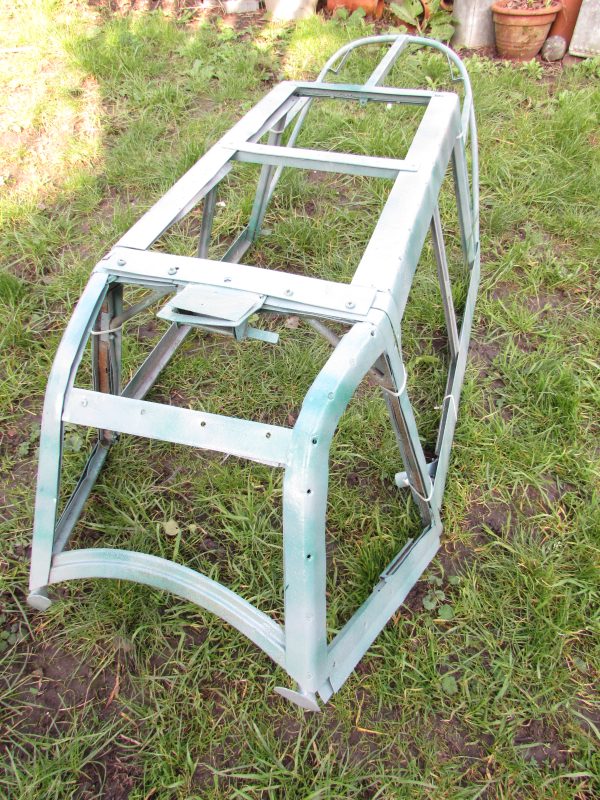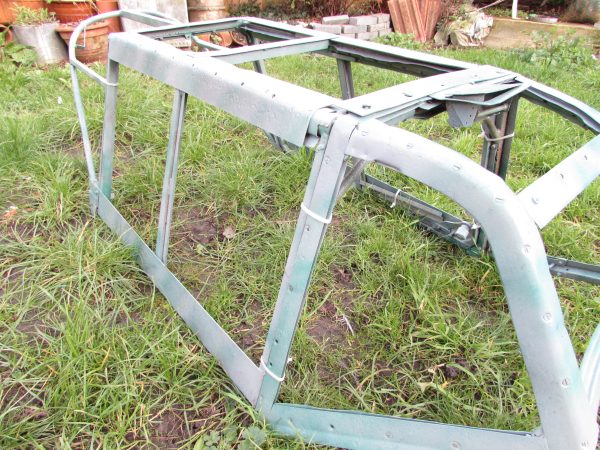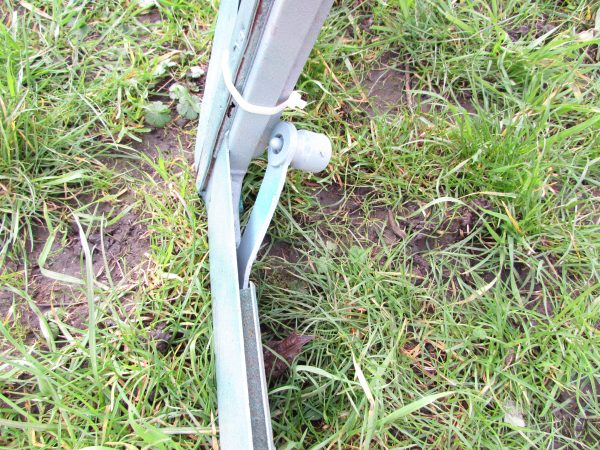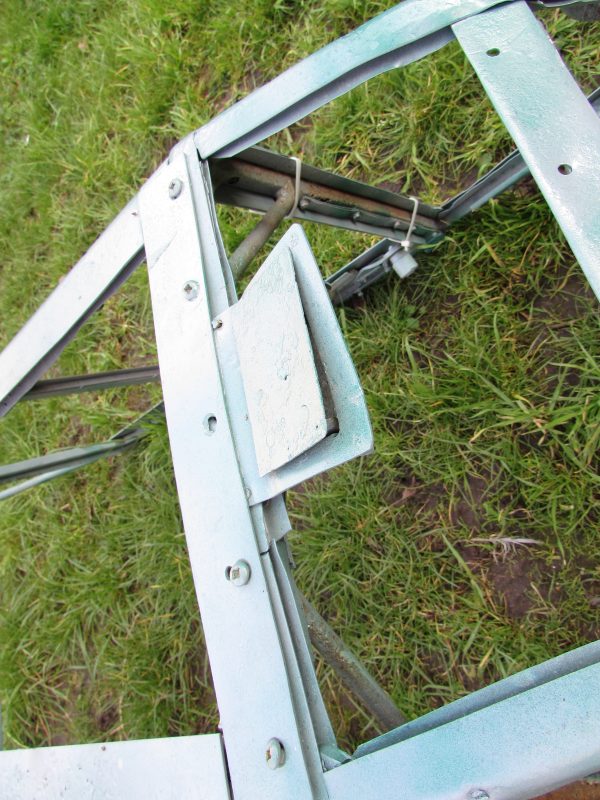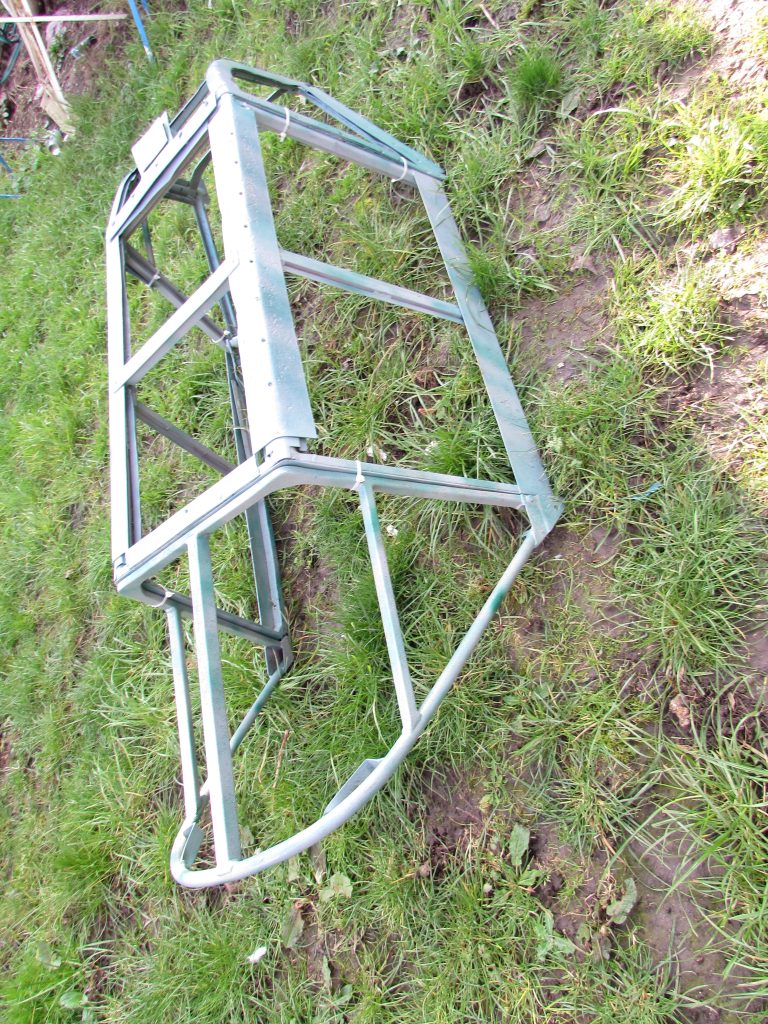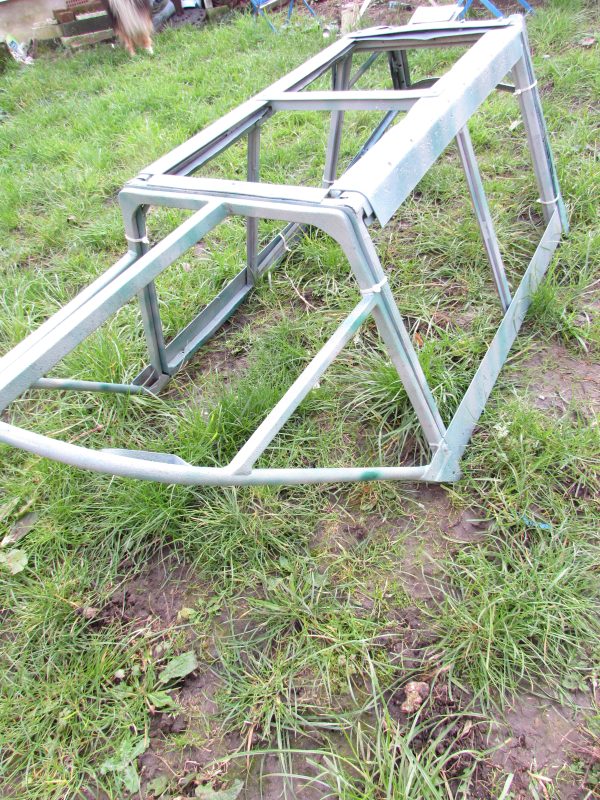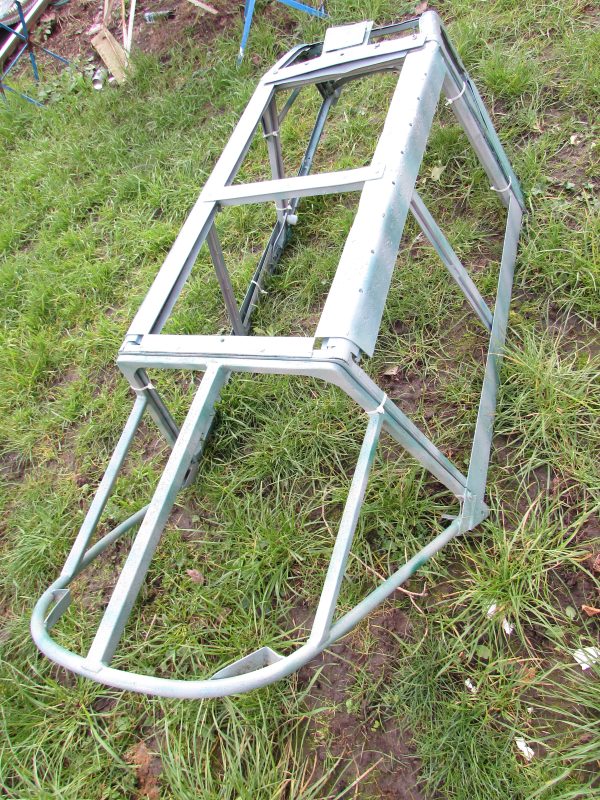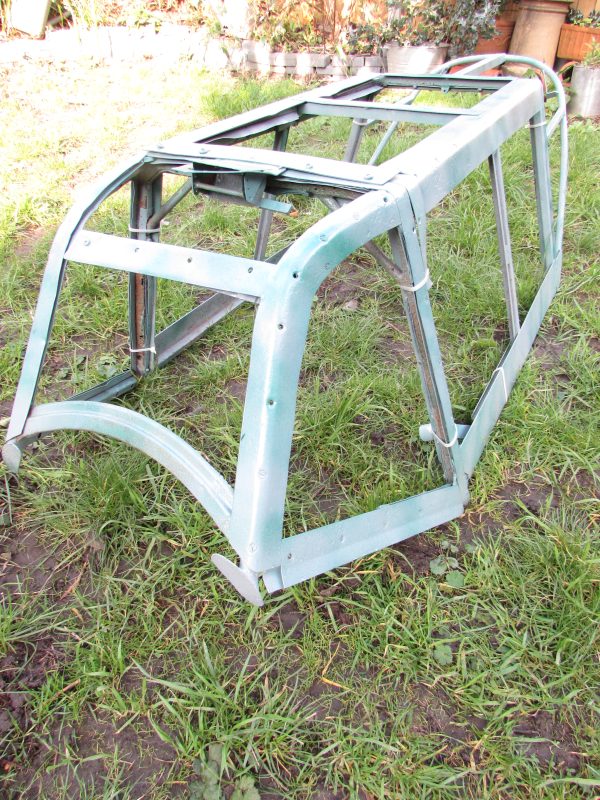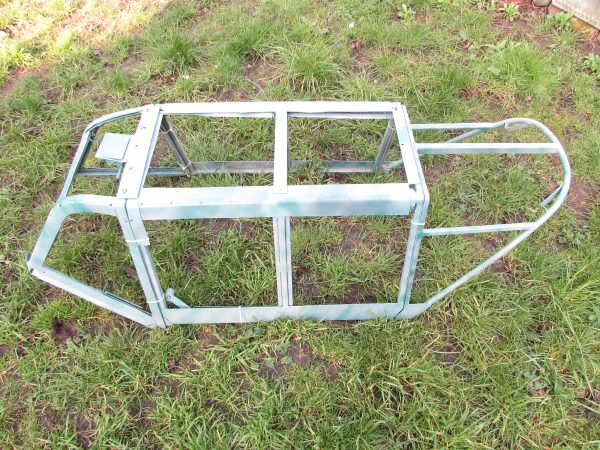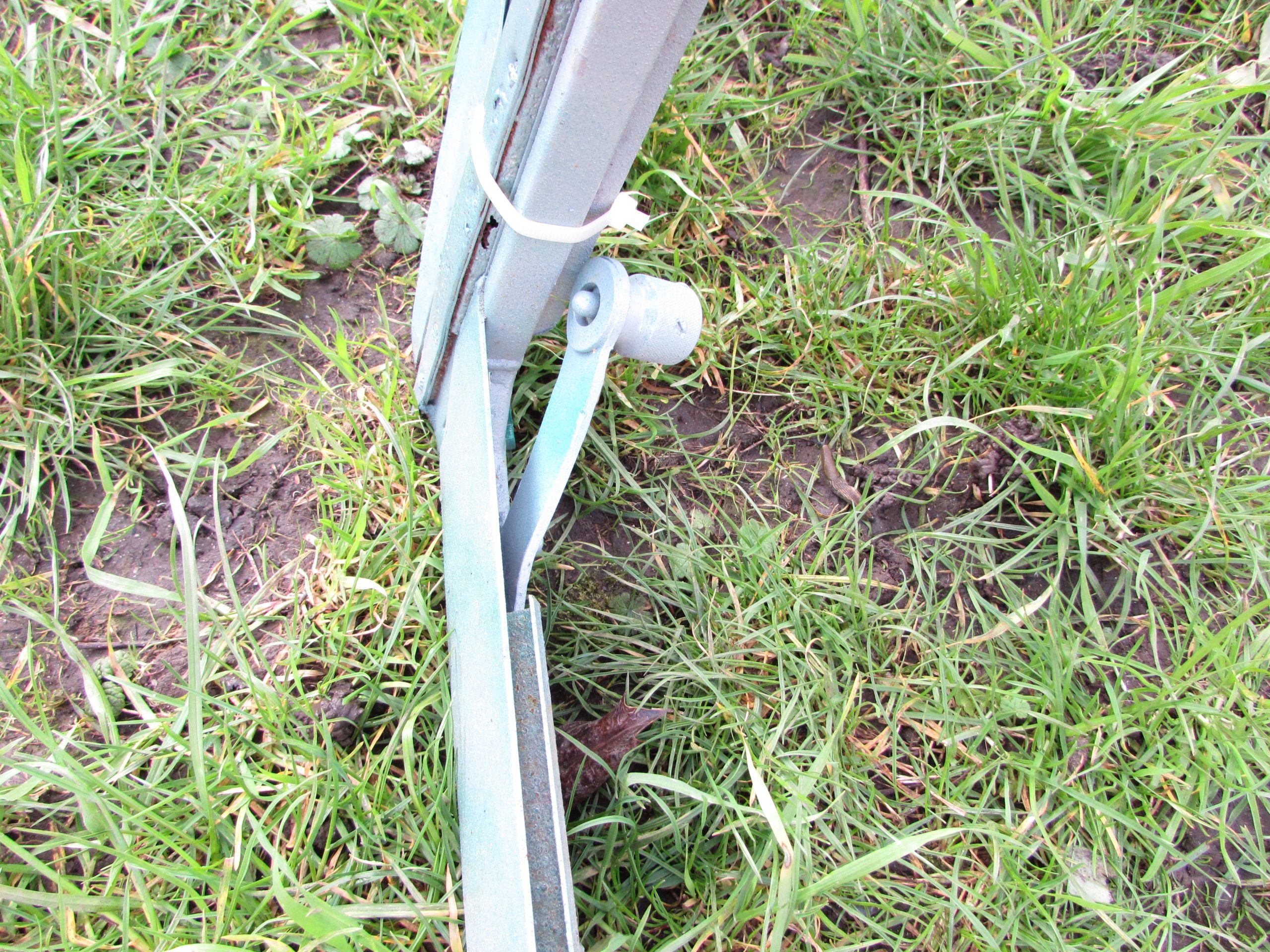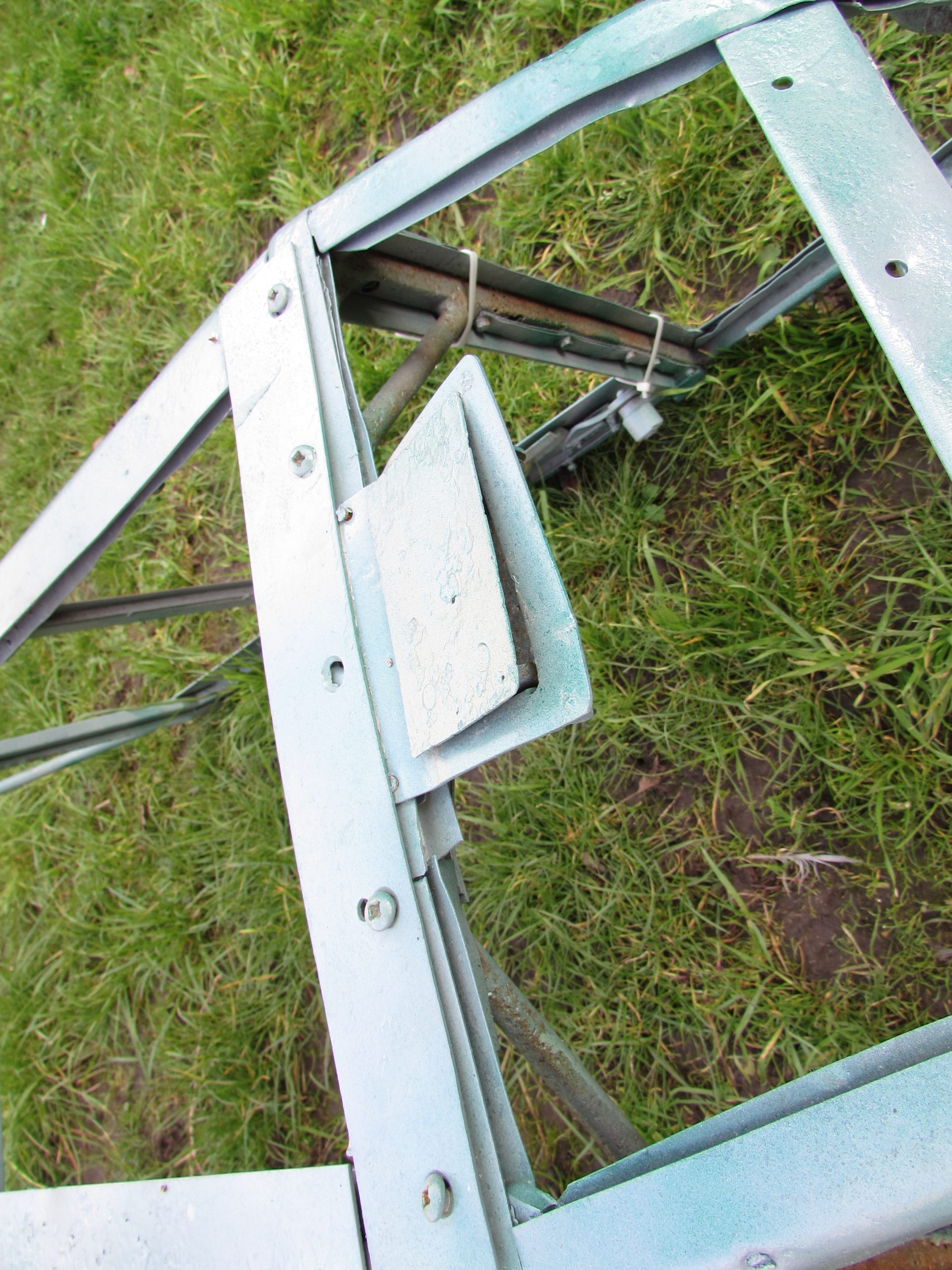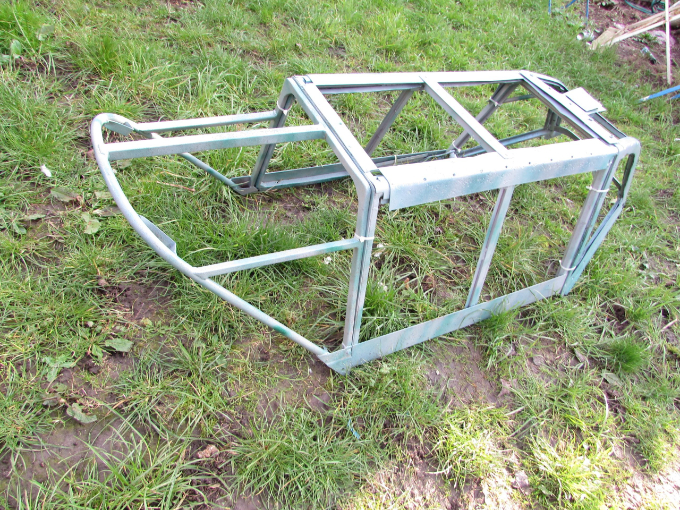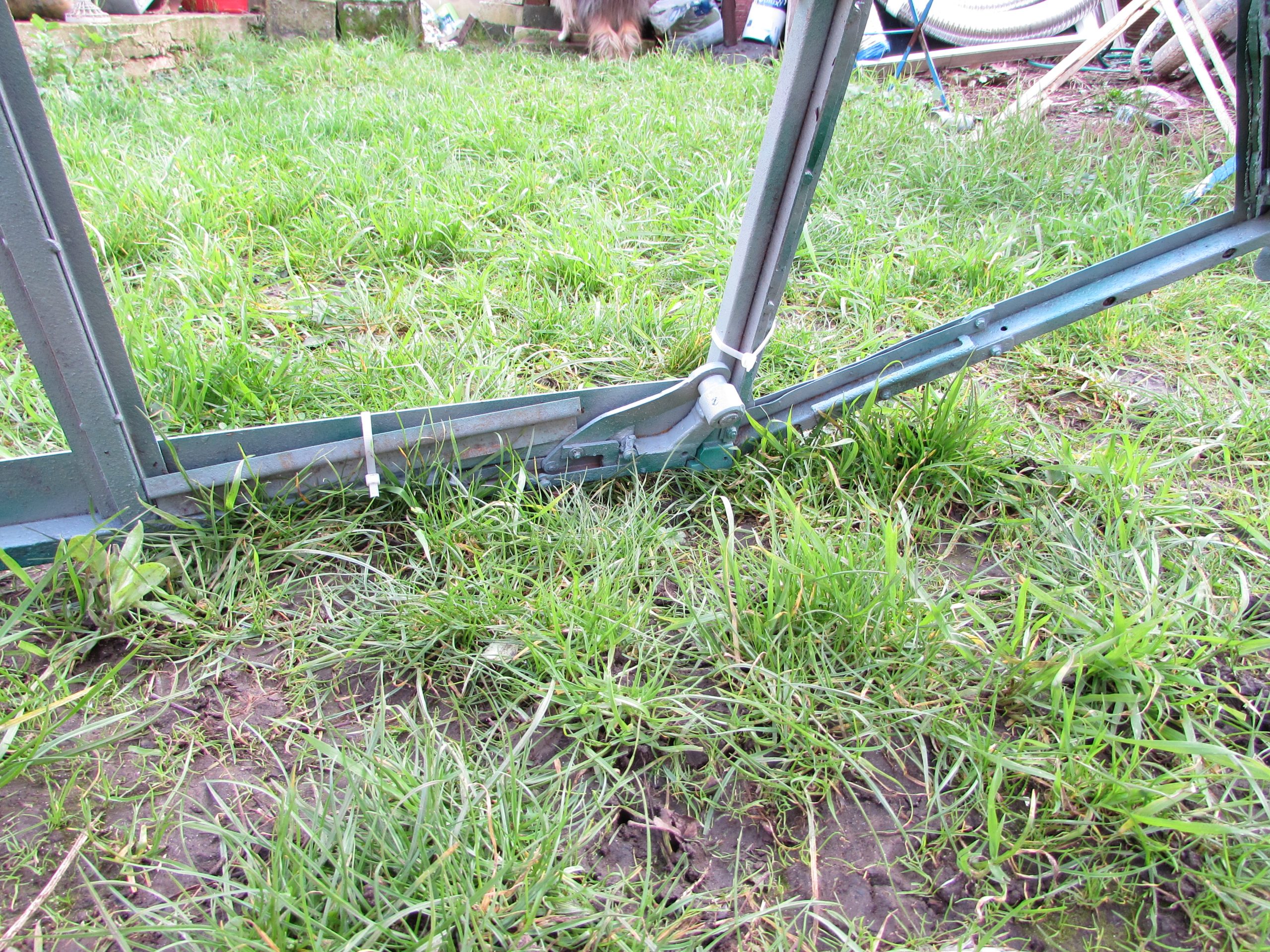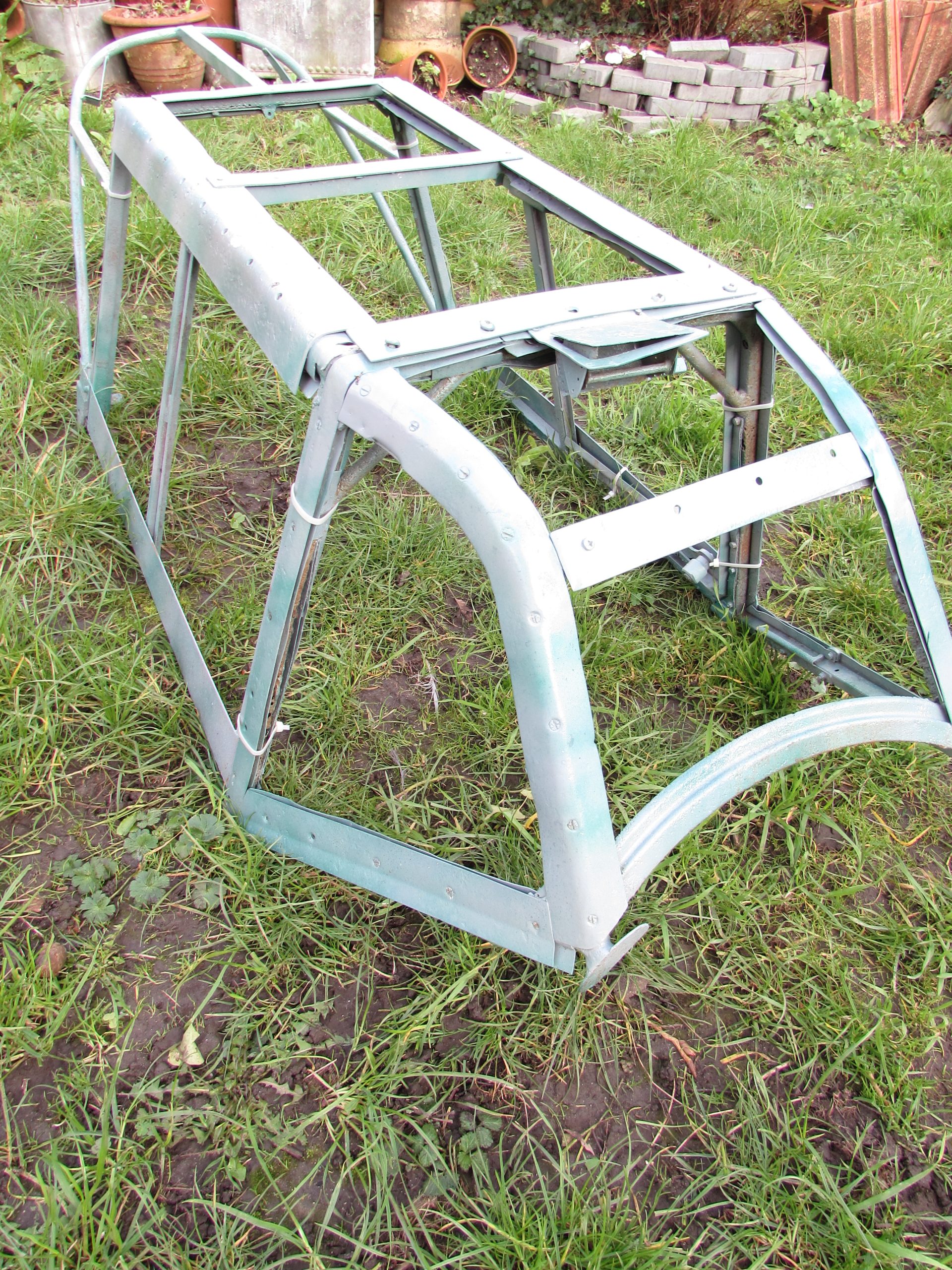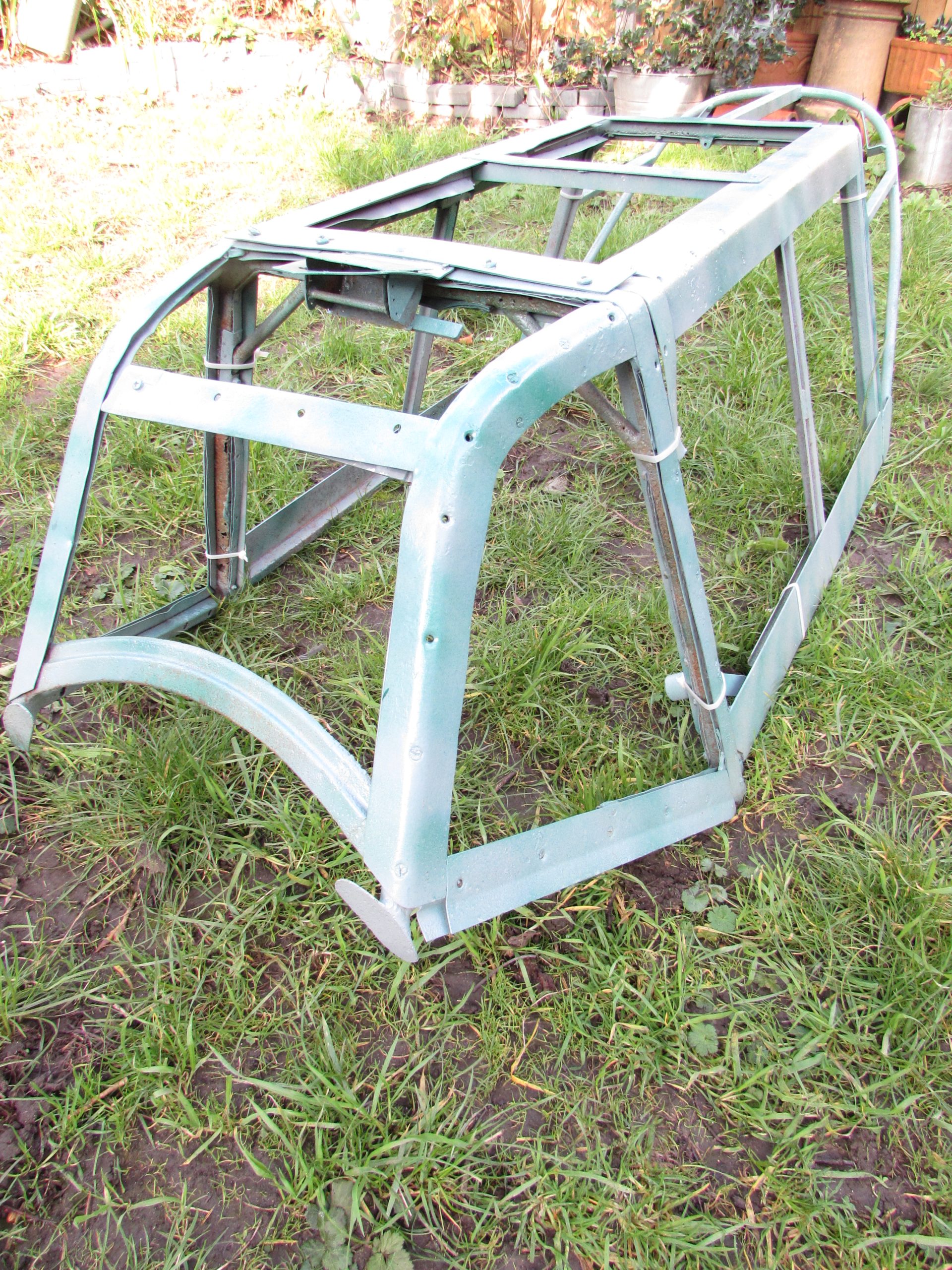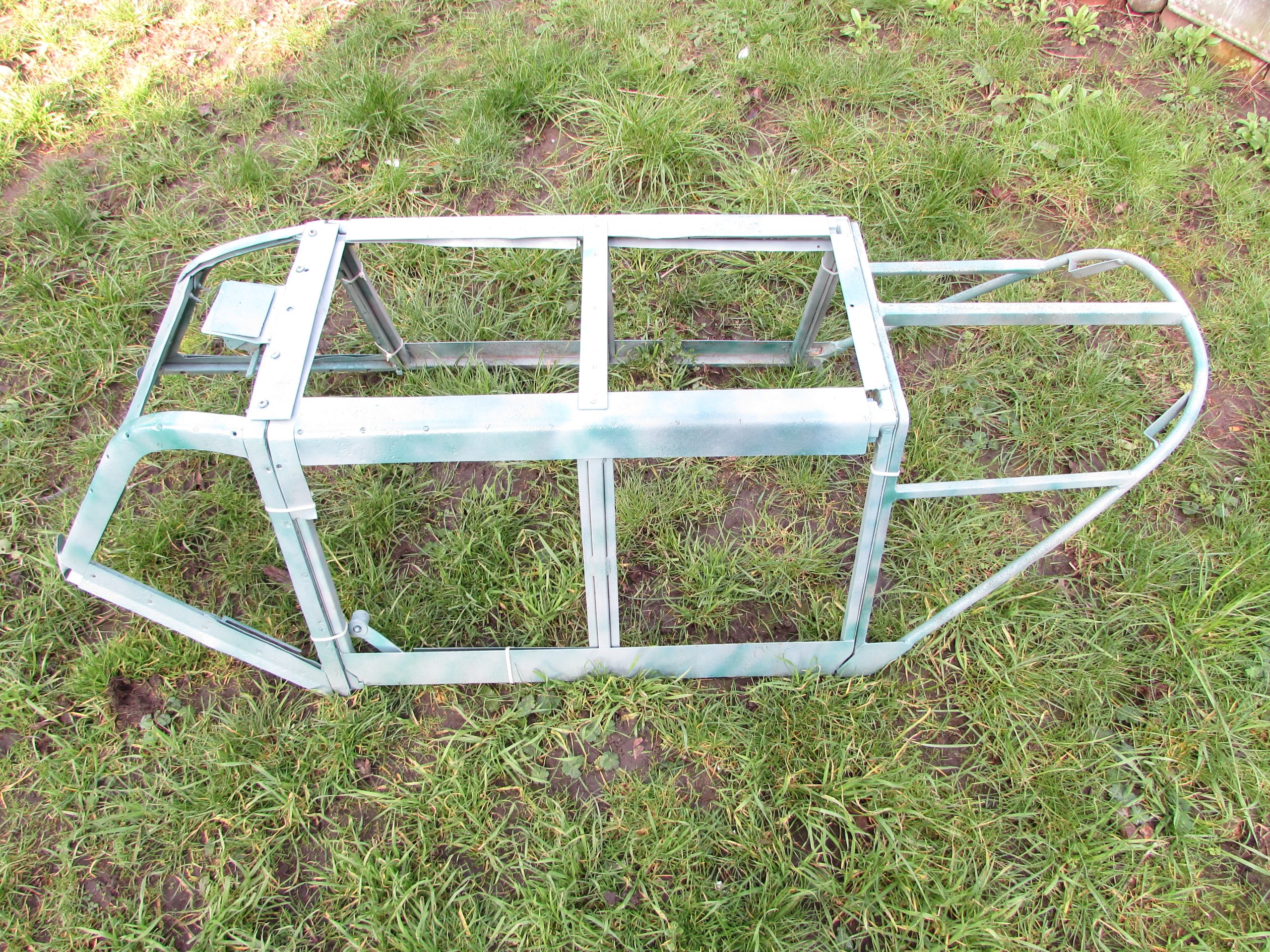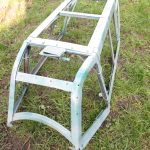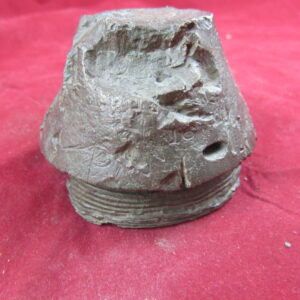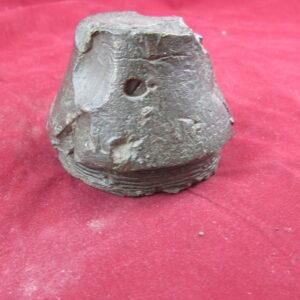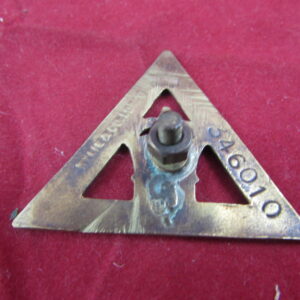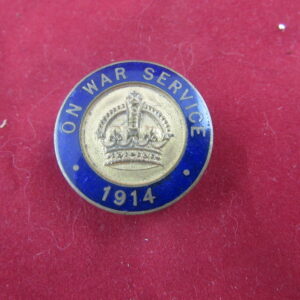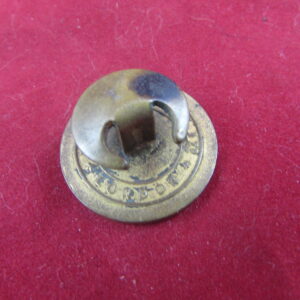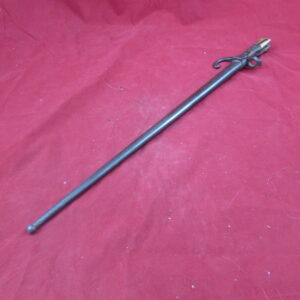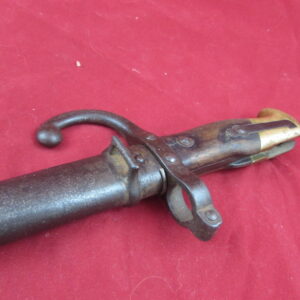Messerschmitt Bf 109 E Cockpit Canopy
Views: 223
£4,500.00
Messerschmitt Bf 109 E Cockpit Canopy (Battle of Britain)
- Description
- Shipping and Delivery
Description
Messerschmitt Bf 109 E Cockpit Canopy (Battle of Britain)
WW2 Messerschmitt Bf 109 E Cockpit Canopy
ITEM, An ORIGINAL Battle of Britain 1940s Messerschmitt Bf109 E cockpit canopy, Three section (lightweight ) piece canopy ,rear angled fuselage section, main hinged centre section and front windscreen section.
All the history i know about this is that it this Bf 109 E came down on or near Calais, France in October of 1940 ,and has been there in Calais for many years until it ended up in Kent
WW2 Messerschmitt Bf 109 Cockpit Canopy is from either an E3-E4 design.
Item has been repainted as been on show.
Collection only due to size
The Messerschmitt Bf 109 is a German World War II fighter aircraft that was, along with the Focke-Wulf Fw 190, the backbone of the Luftwaffe‘s fighter force.[3] The Bf 109 first saw operational service in 1937 during the Spanish Civil War and was still in service at the end of World War II in 1945.[3] It was one of the most advanced fighters when it first appeared, with an all-metal monocoque construction, a closed canopy, and retractable landing gear. It was powered by a liquid-cooled, inverted-V12 aero engine.[4] It was called the Me 109 by Allied aircrew and some German aces, even though this was not the official German designation.[5]
In late 1938, the Bf 109E entered production. To improve on the performance afforded by the 441–515 kW (600–700 PS) Jumo 210, the larger, longer Daimler-Benz DB 601A engine was used, yielding an extra 223 kW (300 PS) at the cost of an additional 181 kg (400 lb). A much bigger cooling area was needed to disperse the extra heat generated by the DB 601, and this led to the first major redesign of the basic airframe. Enlarging the existing nose-mounted radiator sufficiently to cool the engine would have created extra weight and drag, negating some of the performance gains afforded by the increased power, so it was decided to move the main radiators to the undersurfaces of the wings immediately outboard of the junction of the wing root and wing panel, just forward of the trailing edges’ inner ends, leaving the oil cooler under the nose in a small, streamlined duct. The new radiator position also had the effect of counterbalancing the extra weight and length of the DB 601, which drove a heavier three-bladed Vereinigte Deutsche Metallwerke (VDM)-made propeller.[14]
To incorporate the new radiators, the wings were almost completely redesigned and reinforced, with several inboard ribs behind the spar being cut down to make room for the radiator ducting. Because the radiators were mounted near the trailing edge of the wing, coinciding with the increased speed of the airflow accelerating around the wing camber, cooling was more effective than that of the Jumo engined 109s, albeit at the cost of extra ducting and piping, which was vulnerable to damage. The lowered undercarriage could throw up mud and debris on wet airfields, potentially clogging the radiators.[15] To test the new 1,100 PS (1,085 hp, 809 kW) DB 601A engine, two more prototypes (V14 and V15) were built, each differing in their armament. While the V14 was armed with two 7.92 mm (.312 in) MG 17s above the engine and one 20 mm MG FF in each wing, the V15 was just fitted with the two MG 17s mounted above the engine.[16] After test fights, the V14 was considered more promising and a pre-production batch of 10 E-0 was ordered. Batches of both E-1 and E-3 variants were shipped to Spain for evaluation, and first saw combat during the final phases of the Spanish Civil War.
E-1[edit]

The E-1 production version kept two 7.92 mm (.312 in) MG 17s above the engine and two more in the wings. Later, many were modified to the E-3 armament standard. The E-1B was a small batch of E-1s that became the first operational Bf 109 fighter bomber, or Jagdbomber (usually abbreviated to Jabo). These were fitted with an ETC 500 bomb rack, carrying either one 250 kg (550 lb) bomb or four 50 kg (110 lb) bombs. The E-1 was also fitted with the Reflexvisier “Revi” gunsight. Communications equipment was the FuG 7 Funkgerät 7 (radio set) short-range radio apparatus, effective to ranges of 48–56 km (30–35 mi). A total of 1,183 E-1 were built, 110 of them were E-1/B.[12][13]
E-2[edit]
Only very limited numbers of the E-2 variant were built, for which the V20 prototype served as basis. It was armed with two wing-mounted, and one engine-mounted Motorkanone MG FF cannon, which gave considerable trouble in service, as well as two synchronized MG 17s cowl machine guns. In August 1940, II./JG 27 was operating this type.[17][18]

E-3[edit]
To improve the performance of the Bf 109E, the last two real prototypes (V16 and V17) were constructed. These received some structural improvements and more powerful armament. Both were the basis of the Bf 109 E-3 version. The E-3 was armed with the two MG 17s above the engine and one MG FF cannon in each wing.[19][20] A total of 1,276 E-3 were built, including 83 E-3a export versions.[12][13]

E-4[edit]
The E-3 was replaced by the E-4 (with many airframes being upgraded to E-4 standards starting at the beginning of the Battle of Britain), which was different in some small details, most notably by using the modified 20 mm MG-FF/M wing cannon and having improved head armour for the pilot. With the MG FF/M, it was possible to fire a new and improved type of explosive shell, called Minengeschoß (or ‘mine-shell’), which was made using drawn steel (the same way brass cartridges are made) instead of being cast as was the usual practice. This resulted in a shell with a thin but strong wall, which had a larger cavity in which to pack a much larger explosive charge than was otherwise possible. The new shell required modifications to the MG FF’s mechanism due to the different recoil characteristics, hence the MG FF/M designation.
The cockpit canopy was also revised to an easier-to-produce, “squared-off” design, which also helped improve the pilot’s field of view. This canopy, which was also retrofitted to many E-1s and E-3s, was largely unchanged until the introduction of a welded, heavy-framed canopy on the G series in the autumn of 1942. The E-4 would be the basis for all further Bf 109E developments. Some E-4 and later models received a further improved 1,175 PS (1,159 hp, 864 kW) DB601N high-altitude engine; known as the E-4/N; owing to priority being given to equipping Bf 110s with this engine, one fighter gruppe was converted to this version, starting in July 1940.[21] The E-4 was also available as a fighter-bomber with equipment very similar to the previous E-1/B. It was known as E-4/B (DB 601Aa engine) and E-4/BN (DB 601N engine). A total of 561 of all E-4 versions were built,[13] including 496 E-4s built as such: 250 E-4, 211 E-4/B, 15 E-4/N and 20 E-4/BN.[12]
Messerschmitt Bf 109 E Cockpit Canopy (Battle of Britain)
At this time, Antiqurio ships to locations within the United Kingdom mainland. Items can be shipped worldwide by prior agreement please contact us. The risk of loss and title for all items ordered on this website pass to you when the items is delivered to the shipping carrier. We are unable to calculate shipping automatically for multiple items when shipping internationally please contact us by email if you wish to purchase more than one item and live outside of the UK; we are working to resolve this
International
Customs and import duties may be applied to International orders when the shipment reaches its destination. This is not imposed by Antiqurio and these charges are the responsibility of the recipient of your order and are likely to vary from country to country. Contact your local customs office for details.
Shipping laws are different in each country. It is your responsibility to check with your Customs office to verify whether the country to which you are shipping permits the shipment of your products. Antiqurio is not responsible for any direct, indirect, punitive, or consequential damages that arise from improper international shipping practices.
